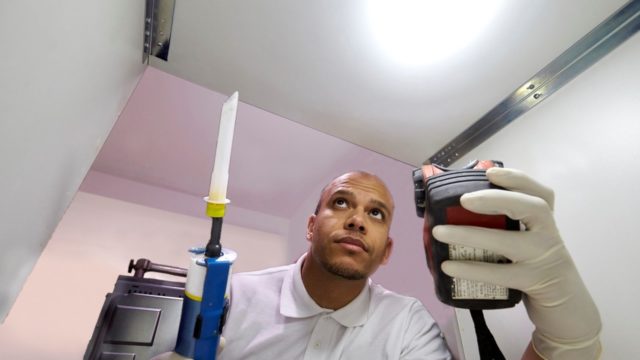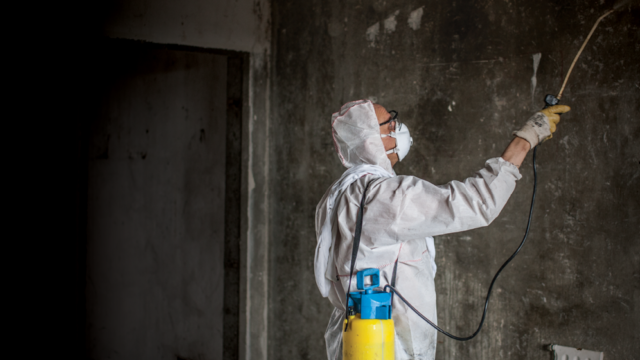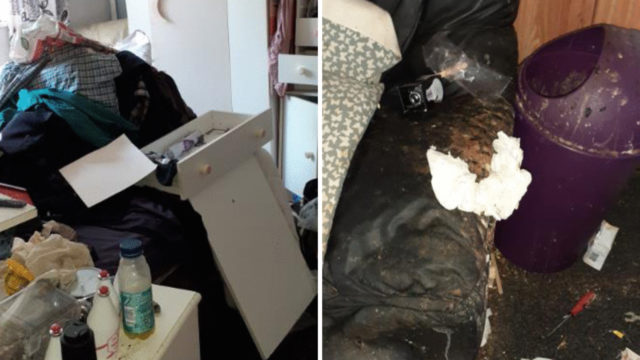Reverse graffiti is the process of creating images and text by removing dirt or paint from walls and other surfaces. Also referred to as clean tagging, grime writing or clean advertising; this form of art is a welcome alternative to your standard paint-based graffiti. Images are produced by removing dirt and dust from tarnished surfaces; often using fingertips, wet brushes, stencils and/or high power jet washers.
The most common example of reverse graffiti, seen by most of us at some point in our lives, is the words ‘clean me’ written in the dirt of filthy white vans. No longer funny, but yet standing the test of time, this isn’t the most spectacular example of reverse graffiti; but there are some absolute gems out there!
The Origins of Reverse Graffiti
One of the first ever street artists to put reverse graffiti into practice is called Paul Curits (AKA Moose). Discovering the technique whilst working as a dishwasher, Moose spawned a craze followed by artists from around the world; including Banksy and Alexandre Orion.
The first ever large-scale piece was created by Orion in 2006 in the city of Sao Paulo and
involved over 1000 feet of artwork inside a dusty highway tunnel. To the right, you can see the extent of the design and consider how long it must have taken to create all of that, using just a damp cloth.
Commercial Advertising
This simple yet appealing art form creates a cheap and effective method of advertising. Brand logos, event details, promotions and corporate messages can be stencilled into the dirt on pavements, buildings and pedestrian pathways. This allows a company to plaster or ‘clean’ their logo onto virtually any surface anywhere they believe will provide the most return on investment. Considering the only real investment is that of time, this extremely cheap advertising method is well worth the effort and works as effectively as a painted design.
What’s more, as reverse graffiti is temporary and involves no hard chemicals such as ink, paper and solvent material; it is much more environmentally friendly. More to the point, this method generally uses no electricity and requires no drying-time when complete. For the absolute best results, all that you require is a sturdy stencil, a rag and possibly a jet washer.
Legality
Over the last few years there have been a number of instances where authorities in different countries have attempted to quash reverse graffiti and prosecute those responsible for performing this form of advertising. However, prosecution is unfeasible as such artists are not technically doing anything illegal; they are merely cleaning! There is nothing destructive or vandalising about reverse graffiti, you cannot be punished for cleaning a pavement! This has created a legal grey-area that companies are fully exploiting with their reverse graffiti advertisements.
Who would have known that cleaning can be an art form? So our specialists are not just hazardous cleaning heroes, they are budding artists as well!





